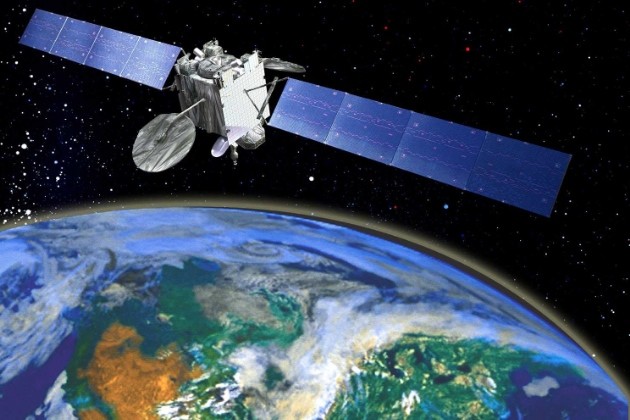Towards the end of last week, Google quietly dropped $500m on a satellite company that specialises in super high quality imaging. Now that the market has had a few days to digest the purchase, it seems the possibilities for Google are several – including connected car applications and connectivity for remote regions.
June 16, 2014

Towards the end of last week, Google quietly dropped $500m on a satellite company that specialises in super high quality imaging. Now that the market has had a few days to digest the purchase, it seems the possibilities for Google are several – including connected car applications and connectivity for remote regions.
Skybox Imaging is a five year old startup also based in Mountain View. The company built and launched the world’s smallest high-resolution imaging satellite in 2013 and is busily launching a whole constellation of these very small, high tech satellites orbiting at an altitude of 600 kilometers.
Using the company’s proprietary technology at this altitude, the satellites can pick out individual vehicles moving around the world’s roads. So immediately there seems a potential application for the technology in the connected car space.
It’s well known Google has designs on the automotive market, not just in terms of connectivity – in January the company created an industry alliance aimed at bringing the Android platform to connected cars with Audi, GM, Honda, Hyundai and Nvidia in the form of the Open Automotive Alliance (OAA). But the company is also working hard on commercialising driverless vehicles and such a satellite network could be instrumental in this. But the company is also looking at bringing connectivity to undeveloped markets through its Other Three Billion (O3b) and Project Loon initiatives.
Google began investing in O3b Networks, a satellite operator focusing on markets in Asia, Africa, Latin America and the Middle East, back in 2008. And the 2013 unveiling of Project Loon, sees the company embarking on an ambitious project to provide wireless internet connectivity to hard to reach or extremely rural areas using helium-filled balloons.
Project Loon will see Google releasing specialised weather balloons into the stratosphere to float at around 20km above the Earth’s surface. The balloons are naturally moved around the Earth by winds and can be steered by elevating or descending to an altitude at which the winds are moving in the desired direction.
But with a constellation of low Earth orbit (LEO) satellites, the company could add yet another layer of connectivity that spans the entire globe.
The Broadband World Forum is taking place on the 21st – 23rd October 2014 at the RAI Exhibition and Convention Centre, Amsterdam. Click here to download a brochure for the event.
About the Author(s)
You May Also Like








.png?width=300&auto=webp&quality=80&disable=upscale)


_1.jpg?width=300&auto=webp&quality=80&disable=upscale)


.png?width=800&auto=webp&quality=80&disable=upscale)